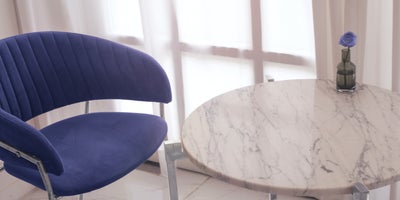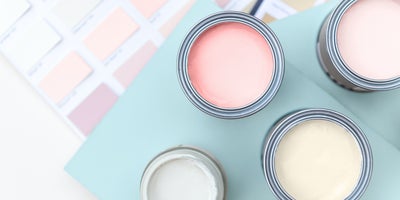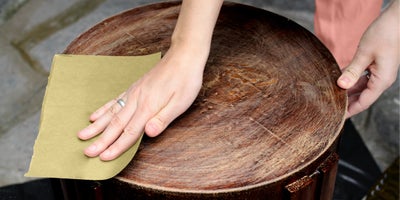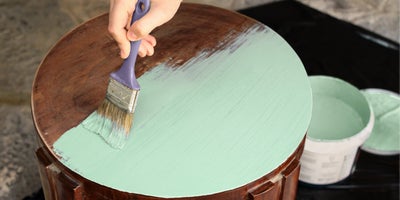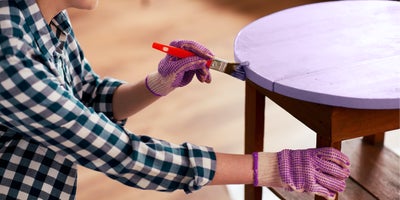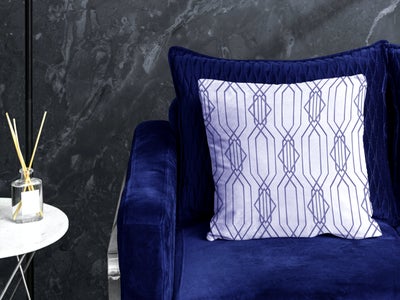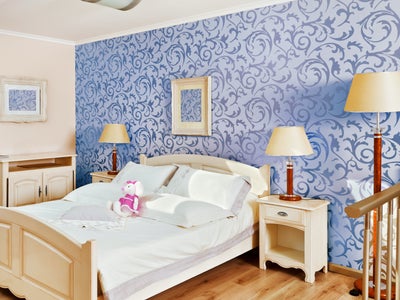Echoing the grand and decadent nature of Art Deco, marbling is usually associated with high-end interior design. It’s an ancient art form that has been appreciated and utilized in many different cultures around the world. Its beauty and versatility make it a popular choice for art deco style home décor, as it can add a unique and luxurious feel to any room. The process of marbling involves a combination of paints and oils, which are carefully and skilfully manipulated to create a marbled pattern or design. Once finished, these intricate designs are often used to adorn items like furniture, walls and fabrics for a sophisticated yet modern touch. But you can create the same effect to breathe new life into an old coffee table with some clever paintwork.
